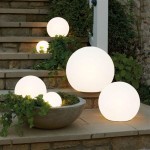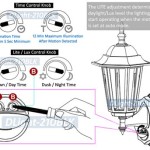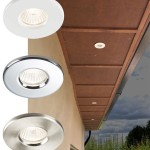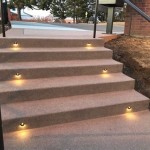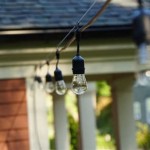Outdoor Emergency Lights: Essential Aspects for Safety and Security
In the event of a power outage or unexpected emergency, having proper emergency lighting outdoors is paramount for ensuring safety and security. Outdoor emergency lights provide illumination in areas where traditional power sources are unavailable, guiding occupants and first responders alike.
When selecting outdoor emergency lights, it is essential to consider several key factors:
- Light Output: Measured in lumens, light output determines the brightness of the light. Higher lumen ratings provide greater visibility.
- Coverage Area: Determine the area that needs to be illuminated and select a light with appropriate coverage.
- Power Source: Choose between battery-powered or hardwired models. Battery-powered lights are portable but require periodic battery replacement, while hardwired lights offer more reliability.
- Mounting Options: Consider the mounting location and select a light with appropriate mounting brackets or fixtures.
- Durability: Ensure the light is constructed from durable materials that can withstand outdoor elements.
Types of Outdoor Emergency Lights:
1. Battery-Powered Emergency Lights
Battery-powered emergency lights are portable and provide temporary illumination. They typically use LED bulbs for energy efficiency and are available in various sizes and shapes to suit different needs.
2. Hardwired Emergency Lights
Hardwired emergency lights are connected to the electrical grid and remain illuminated during a power outage. They offer greater reliability and longer-lasting illumination compared to battery-powered models.
3. Solar-Powered Emergency Lights
Solar-powered emergency lights harness the sun's energy to charge internal batteries. They are a cost-effective and environmentally friendly option for outdoor areas with ample sunlight.
Placement and Maintenance of Outdoor Emergency Lights:
To maximize the effectiveness of outdoor emergency lights:
- Strategic Placement: Position lights near entrances, exits, walkways, and potential hazards.
- Regular Testing: Conduct regular tests to ensure the lights are functioning correctly.
- Proper Maintenance: Clean lights regularly and replace bulbs or batteries as needed.
By carefully considering the essential aspects of outdoor emergency lights, you can ensure adequate illumination during emergencies. These lights not only provide safety and security but also facilitate the efficient evacuation of occupants and access for first responders.

Nicor Outdoor Emergency White Led Fixture With Battery Backup Eml61unvwh The Home Depot

Lavex Outdoor Indoor Double Head Remote Led Emergency Light 2 4 Watts 3 6v 9 Compatibility

Rh Wp Outdoor Incandescent Remote Lights Emergency Lighting Bow

Lavex Outdoor Indoor Double Head Remote Led Emergency Light 2 4 Watts 3 6v 9 Compatibility

Ciata Led Emergency Lights For Business With Battery Backup Outdoor Lighting Commercial In Thermo Plastic Housing Two Halogen Ultra Bright Lamp Heads Egress Light Yahoo Ping

Emergency Lights Elf Wp Exit Light Co

Ledwpp Outdoor Emergency Light Lighting Bow

Nicor Outdoor Emergency White Led Fixture With Battery Backup Eml61unvwh The Home Depot

Eot Led Emergency Outdoor Tear Drop Nicor Lighting

Lfi Lights Led Wet Location Rated Emergency Light White Housing Battery Backup El Wetled Com
